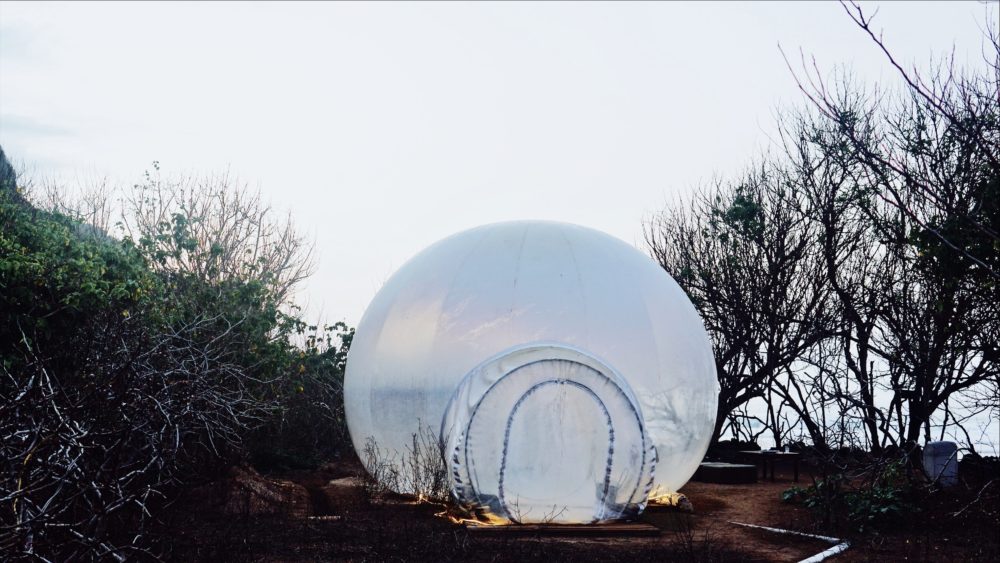As Instagram takes over our lives, driving us to do things we wouldn’t normally do all for the sake of a good photo, there’s been one travel sector that’s really thrived on this new norm: “alternative” accommodations that make for epic pics.
The bubble hotel in Bali burst into the scene at some point in 2017, and with its prevalence as the photogenic background of choice among IG influencers, it’s fair to say: The bubble is hot.
The Bali Bubble Hotel wasn’t the first to come up with the transparent inflatable accommodation concept. There are bubble hotels popping up around the world, in photogenic locations hot on the blogger trail like Iceland, Sydney, Baja, and Mauritius, to name a few. Conde Nast has called bubble hotels the “hottest hotel craze of 2018.”
We’ve continued to see many photos of this hotel coming up in our Insta feed in the past year. And, of course, we had questions. How hot does it get in that bubble? Can you even breathe comfortably in there? How private is the space? Do passerby just stare at you? What’s the bathroom situation? Where do you get food? What if it rains?
And most importantly, is it as epic as it looks on Instagram?
The only real way to answer these burning questions was to experience it for ourselves and investigate, so we checked in for a one-night stay. Here are our comprehensive AF findings.
Booking
Reservations for the hotel can be made on a few platforms — Airbnb, Booking.com, or the hotel’s own website. Prices vary wildly depending on which of these you book with, so it pays to shop around. On Airbnb, the cost for my stay was quoted as IDR1.5 million (US$98.66) before fees, and IDR1.7 million (US$111.81) after. The hotel quotes $80/night on its own website.
When it was all said and done, we paid US$72 on Booking.com. (Editor’s Note: shopping around FTW.) It also helps to be flexible with your dates. When we originally searched for prices in July and August, peak season, we saw that most of the upcoming dates were booked up. Now that it’s October and we poked around the calendar of available dates, we can see it’s slowed down by a lot — as of the date of writing this article, there are a lot of available upcoming dates.
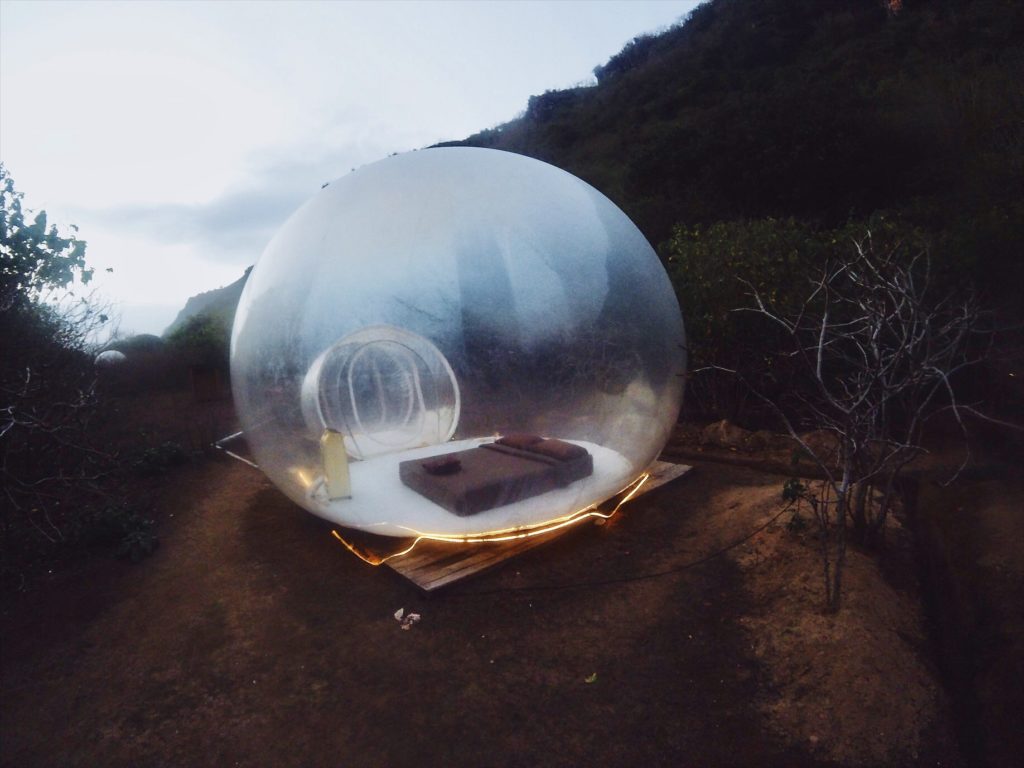
On Booking.com, there is no option to choose room type. When we booked, there was just “Double Bubble Room” with queen bed listed. But, once we got confirmation of our booking, we also received a text from the hotel rep, informing us of the three different types of bubbles: small, big, and “big with curtains.”
Wait, what’s the point of covering yourself up with curtains if you’re staying in a bubble hotel? Isn’t seeing through the walls of your abode the whole point? But we digress.
The text explains: “You could take the most suitable bubble for you for extra fee or we will give you one of them randomly.” That means to upgrade to the big bubble would be an additional $20, while the big bubble with curtains would be $30 (candle decor thrown in for free if you choose this option).
We decided to try our luck and get randomly assigned. We got the small bubble. Of course.
Access
The bubble, which requires some level of privacy in where it’s propped up, is marketed as a spot to camp out amongst the stars on a “hidden beach” in Bali. If you live here, though — or happen to know any basic geography of Bukit’s beaches — then you’ll know that it’s hardly hidden. Besides, you can just look at their Booking.com profile to see that it’s located off Nyang Nyang on the way to Uluwatu.
During check-in, while we were led down to the beach to our bubble, we passed one of those big bubbles with curtains. The woman camping inside walked out of her bubble, bare assed, and walked around the surrounding camp site with confidence. We detect some irony about that whole privacy thing we read about earlier.
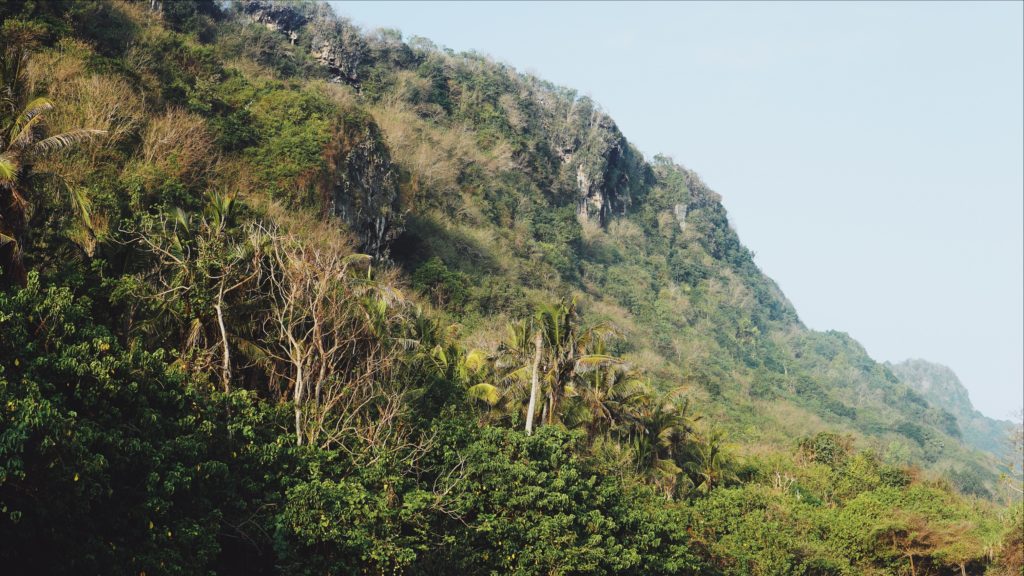
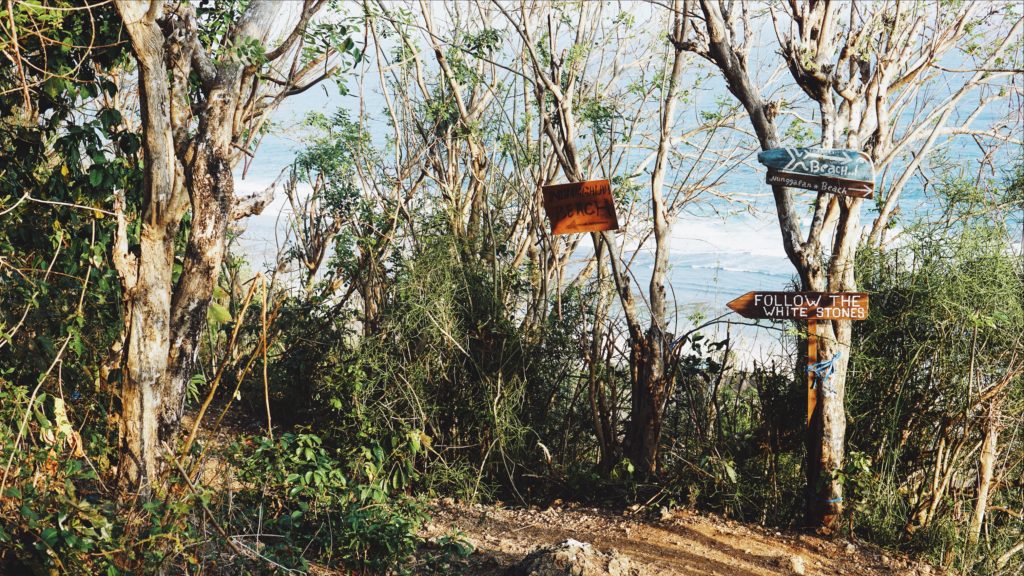
Anyhow, because it’s in Bukit, that means the beach is at the bottom of a cliff. While that makes the environment all the more breathtaking, it also means you need to brace yourself for a fun little hike down.
When we arrived at the top of this particular section of Nyang Nyang for our stay, we were greeted by a local staffer, who directed us towards the trail down, guided by a succession of white stone markers. He pointed out which of the four bubbles in sight we were meant to stay in, but before leaving us on our merry way to hike down, he pulled us over to a nearby warung (food stall).
It was about two minutes down from the top of the cliff, and it’s where we had to sign a release that said things like we’re taking our own risk and the hotel won’t be held responsible for lost or stolen property, injury, or death. Standard stuff like that. Sign, sign, sign, we did, perched on that cliff.
We were also given the phone number of the warung proprietor, who lives nearby, which would function as our “emergency contact” — but, they specified, she would only be online 7am-2pm, so if shit goes down outside of that time frame, soz.
Also note, you’ve got to have a certain level of fitness to make the hike. It’s just 15 minutes down a dirt trail, but it’s Bali, so we’re talking a substantial level of heat and humidity on most days. Plus you need to think about bringing your stuff down — you pack it, you rack it.
You can shell out an extra IDR250k (US$16.44) for the hotel’s porter service (one of many of the hotel’s optional add-ons — but more about that later). Otherwise, expect to bring all of your overnight items down (and later back up) that hill on your own. If you’re on an extended trip and traveling with a larger bag, they have a garage space at the top of the cliff where you can store your luggage so that you don’t have to lug all of your possessions up to the bubble.
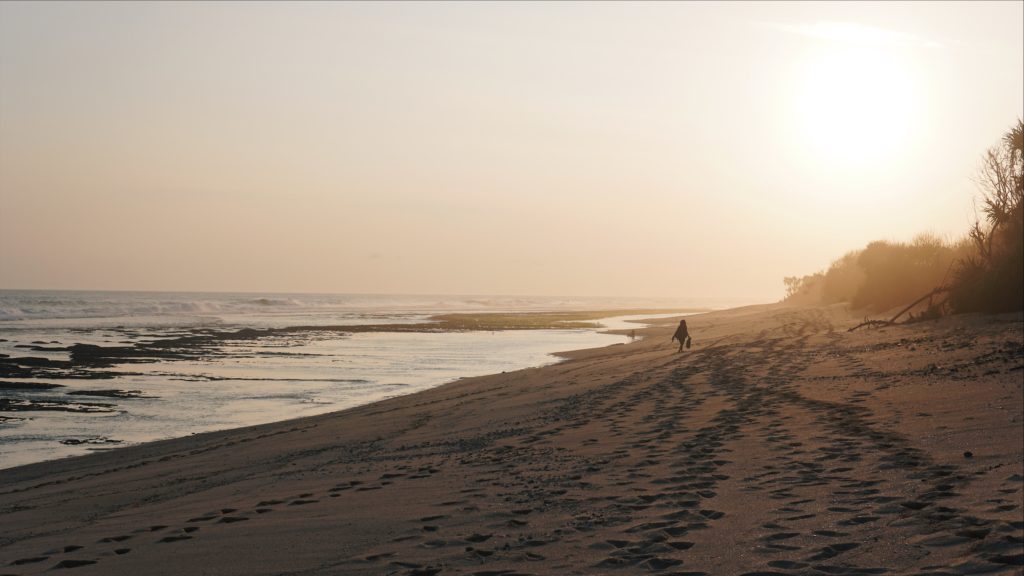
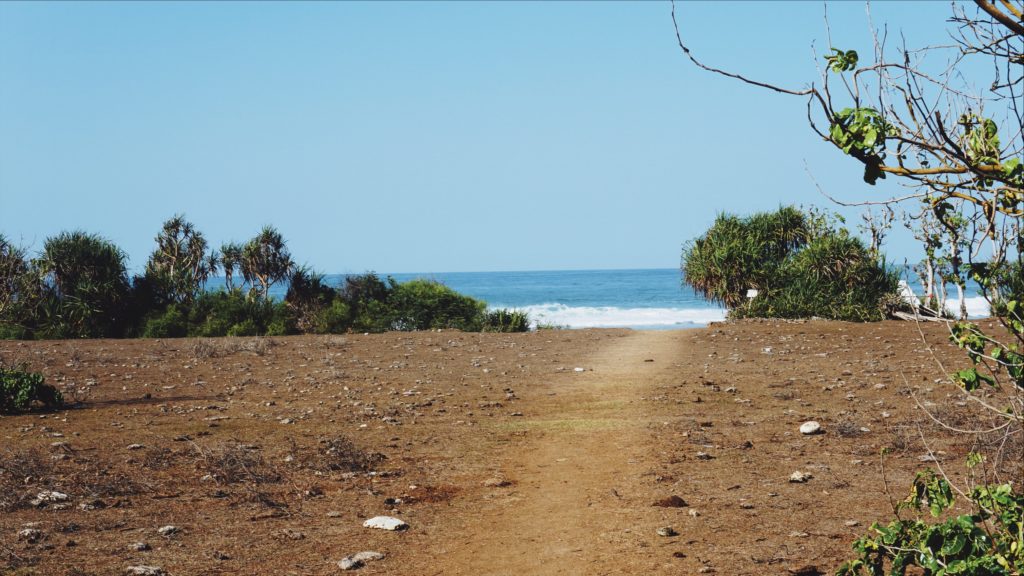
This may sound a bit ridiculous, but the most challenging aspect of the journey to the hotel was probably once we hit the bottom of the cliff trail. We had to walk another five minutes across the sand from the mouth of the trail, over to our bubble. The sand on this beach isn’t packed down hard, so even if you go to the water’s edge, you sink like crazy with each step. You could try walking on the bottom of the cliff, before the sand of the beach starts, but there’s no trail and you’d end up walking directly through other bubble-dwellers’ campgrounds, so best respect their privacy and hope they extend you the same courtesy.
Setting
Given the whole location of the bubble, you’ve got to put some thought into timing your arrival. Check-in is at 3pm and the hotel recommends not arriving after 4pm to “avoid climbing through the night jungle after the sunset.” We’ve got to agree with this recommended time range — it’s pitch black once the sun goes down, so if you want to avoid breaking an ankle, climb down before dusk. Also, the light is popping at the beach, so it’s better to maximize your time on site. If you’re going to spend all that money and exert so much effort into getting there, then might as well get your pictures during magic hour.
Each bubble has its own small “campsite,” complete with a little covered pagoda with a mattress to hangout on, a table with two chairs, a swing, and a little cold case that’s plugged into nothing.
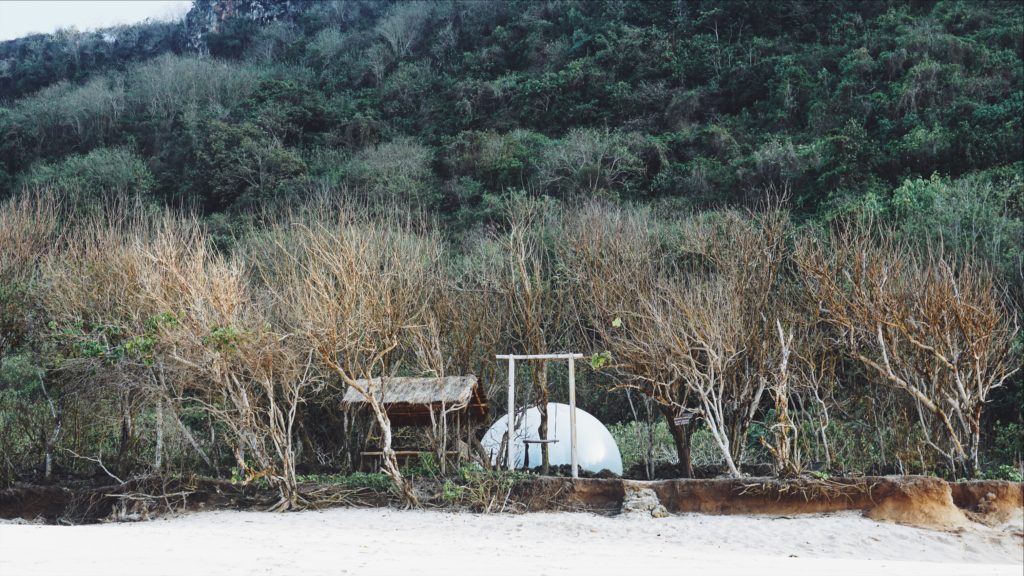
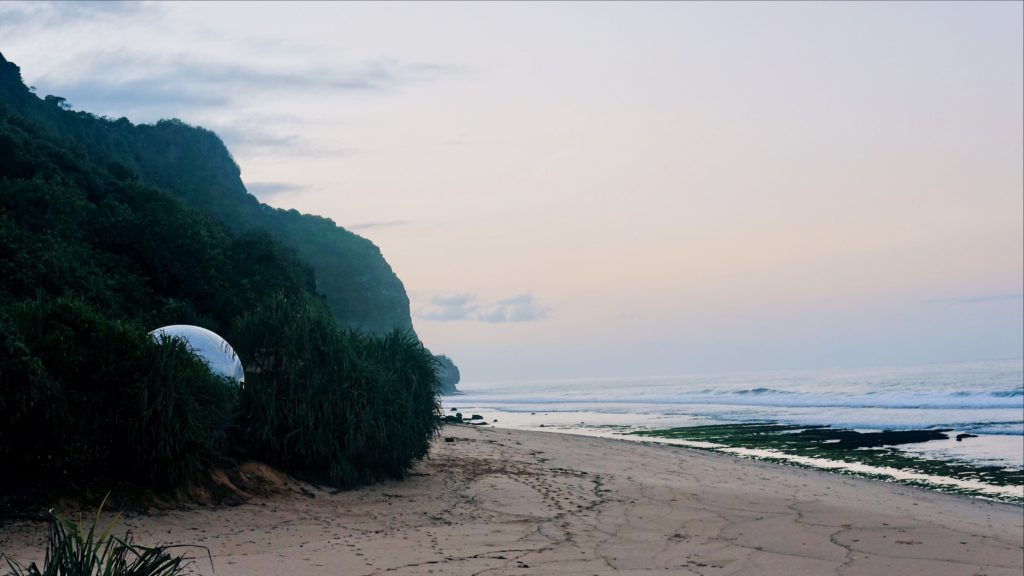
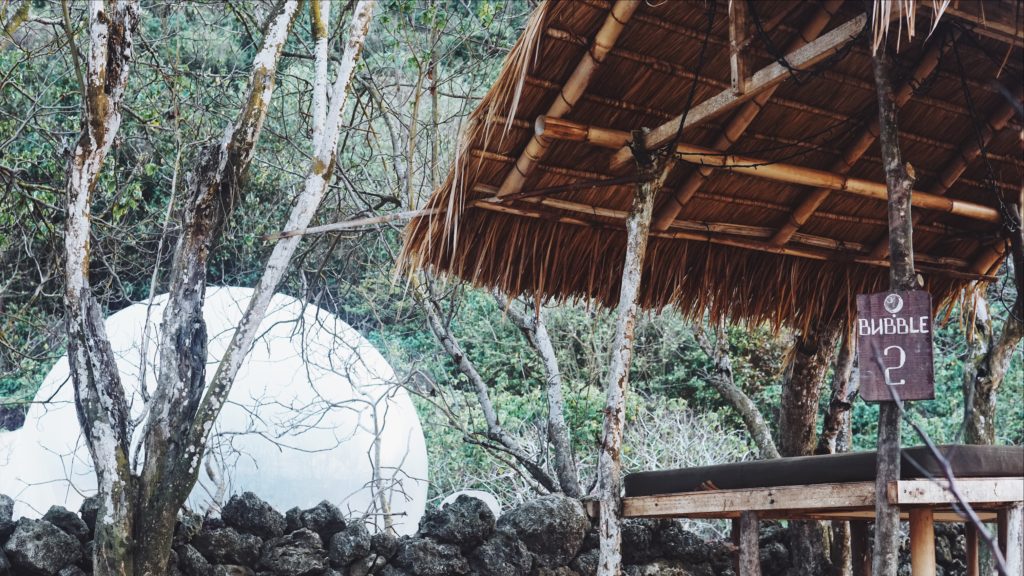
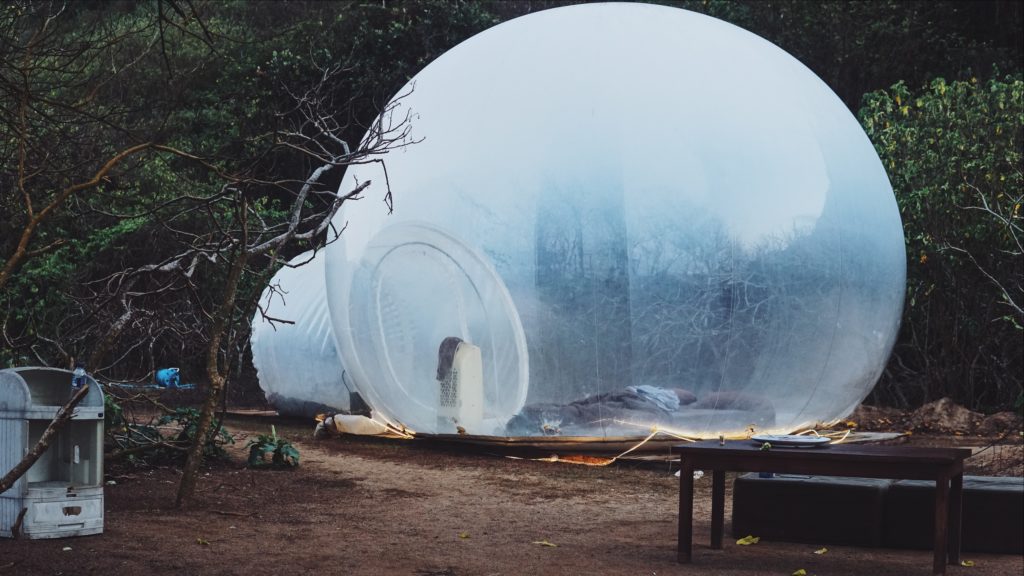
Technically, we are on a public beach, but there’s hardly anyone else here. There’s a sign at each bubble telling people not to trespass and take photos, but it’s just that — a sign. The only other people during our visit were guests staying at other bubbles, some fishermen, and a few beach-goers, who left as the sun was setting.
That said, it’s hard to ignore how vulnerable we felt on this quiet beach. Literally any crazy person could just rock up and rob us, since there’s no fence or anything securing the camp site — however, monkeys and cows were the only invaders we met during our stay.
Compared to the rest of the world, Bali’s a fairly safe place and violent crimes are rare, and we weren’t really all that worried — but hey, you just never know. We’ve noticed since our stay that there is now an option written on the hotel’s website to hire security, so we’re clearly not the only ones who are thinking about this. The price for the hired muscle isn’t written on the site, and wasn’t included on the add-on menu we were given, so if you’re interested in that, you’ll have to inquire after booking.
Add-ons
When we confirmed our booking for the hotel, we got sent a seven-page add-on menu to “enhance our stay” at the bubble. SEVEN PAGES.
Let’s unpack those add-on options. They certainly play up the romantic factor, quite heavily.
For example: rent a telescope for IDR700k (US$46), order hookah for IDR200k (US$13.15), or get a massage for IDR1.45 million (US$95.37 — more than ten times the roadside spa rate).
Too conventional for you? Well, you can also order a wish bottle for IDR70k (US$4.60; where they invite you to “make a wish and see what happens.”
Or, our personal favorite — for IDR170k (US$11.18), you can get “flavored marshmallows and crusty baguettes.” This is the menu verbatim, so we’re guessing that campfire isn’t included.
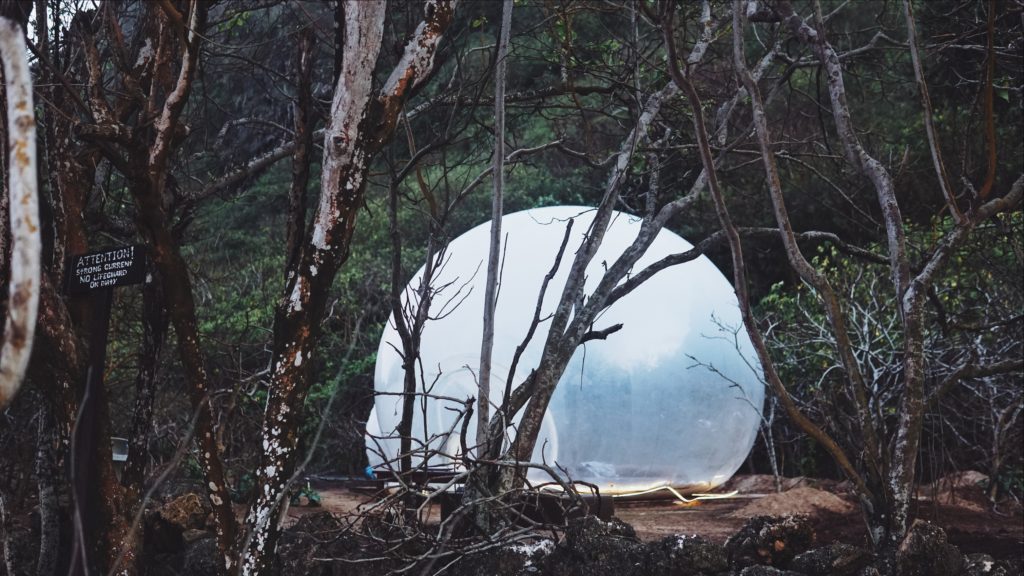
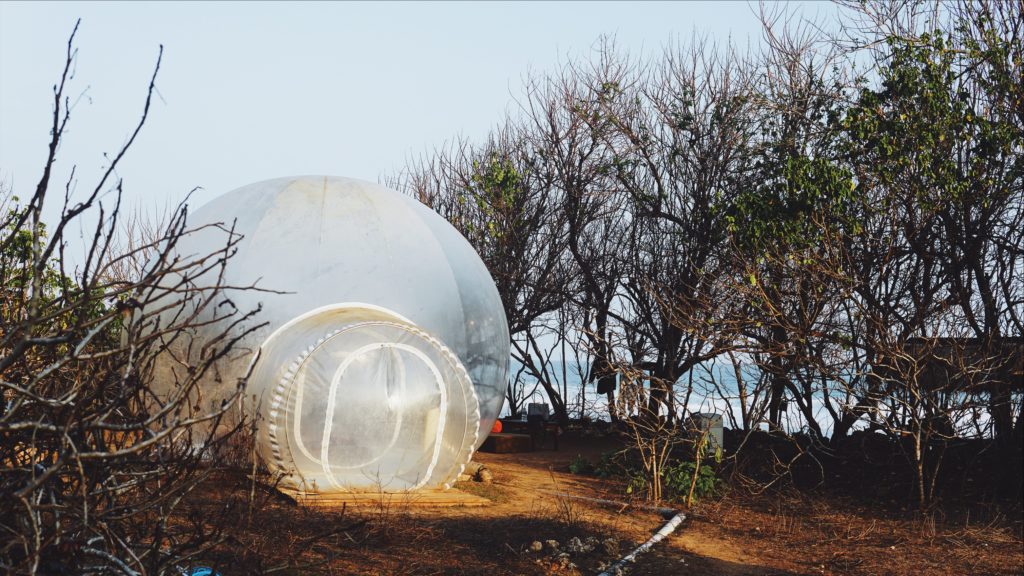
You want more options? They’ve got more options. You can also pay extra to get to experience the thrills of what it’s like to “blow big bubbles” (IDR120k/US$7.89), or “find the treasure of the ancient spirits” (IDR350k/US$23).
They’ve got a Chinese lantern lighting for IDR150k (US$9.87), but we implore you not to do this for environmental and safety reasons.
The most expensive items on the menu, however, were a professional photo shoot for IDR2.49 million (US$163.78), or a drone shoot for IDR4.9 million (US$322.28) — we really only see this one as justifiable if you’re getting engaged. But even then, geez.
There was a campfire option for IDR250k (US$16.44), but since we’re on our own campsite, we could see the fire pit. We’re not complete hacks, and just lit up our own fire.
In addition, there are also package experiences with titles like “Celebrate Together,” “Romantic,” and “Like a Pirate” that feature different menu items lumped together under a theme. In “Like A Pirate,” for IDR770k (US$50.64), you get hookah, the bubbles to blow, Chinese lanterns, the wish bottle, and “treasure.” Hit us up in the comments if you’ve done this and know what the treasure is. We are genuinely curious.
Food situation
Speaking of add-on’s, let’s talk about the most important option of them all: food. There is literally no place to buy food on the beach, unless you want to hike back up almost another 15 minutes or so to get to some warungs located towards the top of the trail — and they’re not open early or late.
We were asked a few days ahead of our stay if we wanted to order any food off the menu, but they let us confirm our selection last minute, on the day of. The menu has a few variations of Indonesian nasi goreng (fried rice), but skewed towards Western. Chicken, beef, seafood, or fish nasi goreng “with garnish” were all marked as IDR90k (US$5.92), while vegetarian nasi goreng (also with garnish, whatever that means), was IDR80k (US$5.26).
Breakfast and lunch choices included things like a mixed fruit plate (IDR90k/US$5.92), smoothie bowls (IDR100k/US$6.58), bagel and jam (IDR45k/US$2.96), a beef burger (IDR130k/US$8.55), salads (IDR100k/US$6.58), and smoothies like a ‘stress reliever’ banana, pineapple, lime, milk, honey (IDR85k/US$5.59). Inflated prices? Hell, yes. These are some freaking five-star price tags compared to what I usually pay for the same in South Bali.
But hey, they’ve got the market cornered and are the only source for sustenance around here. Plus, most of the guests staying here are tourists coming from outside of Indonesia, so the proprietors are probably thinking: What’s five or ten dollars to them?
And it’s probably that holidaying crowd that the menu caters to, too — the bulk of the selection skews Italian. Pizzas and pastas and the like. As we read the item names and descriptions, they started to sound familiar. We then realized why. This part of the menu turns out to be identical to one of our go-to Italian restaurants in Bukit for delivery — the only thing different was the prices, which had a difference of about 100 percent.
We were pretty curious to see how the spaghetti carbonara which we normally buy for IDR68k (US$4.47) and the Pizza Bresaola E Rughetta (smoked beef and rocket usually IDR74k/US$4.87) would compare to IDR150k (US$9.87) versions on the beach, so we ordered them.
When we received the food, it came out looking exactly how it always does when we get delivery from Pizzeria Italia. Even served on a ceramic plate with metal utensils.
However, the spaghetti was like cold rubber, all formed together in a ball and the pizza was more like a hunk of bread with a salad on top. We understand the need to hike up the prices so significantly, as the Indonesian staff who served us obviously had to hike themselves down the trail in the dark to bring it to us — plus, the restaurant is like a 5-10 motorbike ride from the top of the trail. You’re mostly paying for the convenience here, which we are OK with. It was kind of like having an expensive self-packed picnic on the beach.
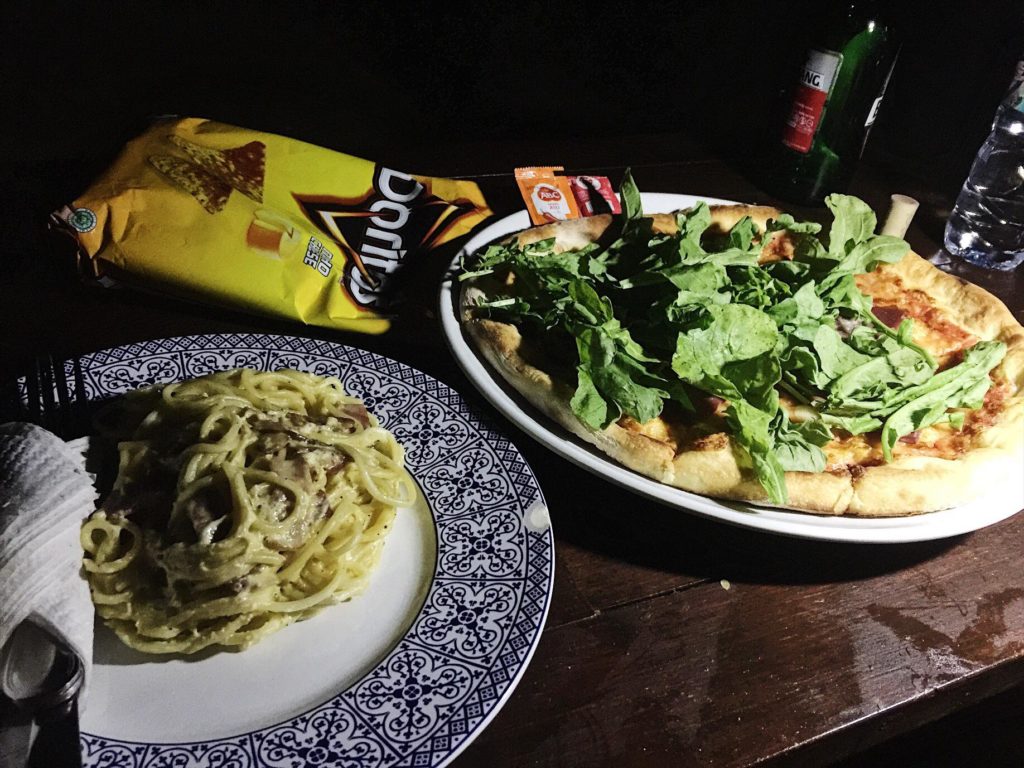
With a little bit of a survivalist in us, we had brought three liters of water, and a bag full of snacks from an Indomaret haul like Chitatos, Doritos, tempe chips, and a Snickers bar for good measure. They do give you two free small bottles of water at the bottom, but we’re so glad we brought extra, because we like to stay hydrated and just one small Aqua apiece isn’t enough for our thirst needs. We also brought a couple of Bintangs and a bottle of wine from the KL duty free, because camping.
We also brought some nasi bungkkus, because while we did order dinner from the add-on menu, we just weren’t sure how long it would take and we arrived by 4:30pm — dinner ended up coming around 8pm.
We so clearly did not go hungry during our stay, but that’s mostly because we planned ahead.
The bubble itself
Alright, now let’s get to the very worst part of staying at the Bubble Hotel: the bubble itself. Take a moment and imagine what it would be like to stay inside an inflatable beach ball—c’mon, you got to know that plastic taste you get when blowing one up. That taste times a thousand.
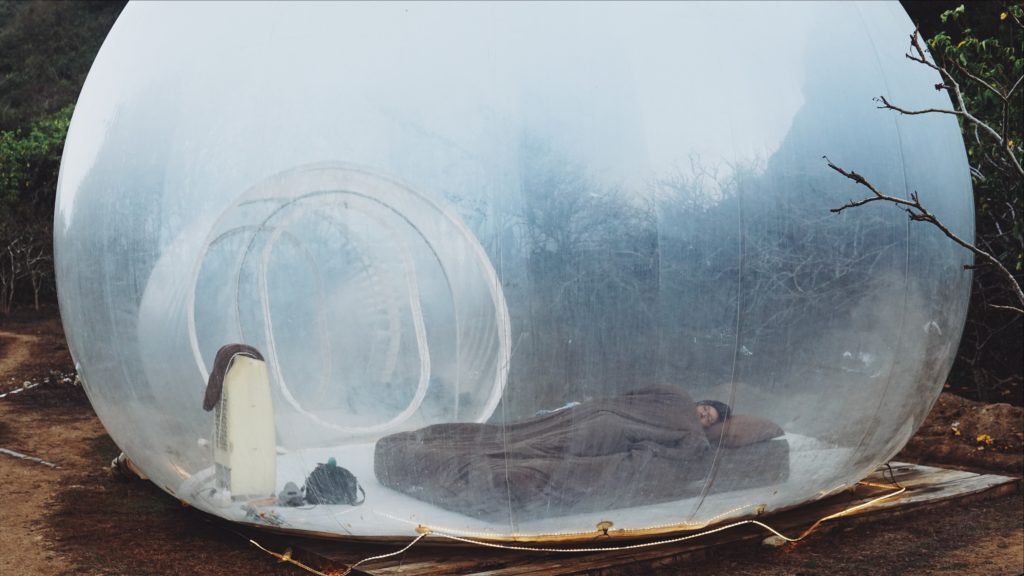
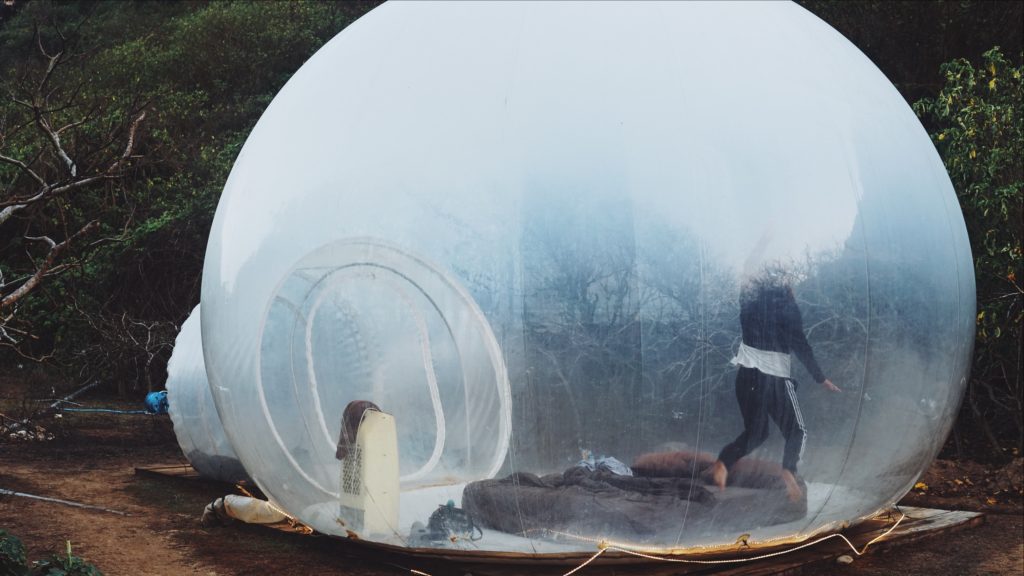
The bubble has zero structural integrity, and it’s constantly being fed air from a little pump you’ll hear incessantly humming. That means if the power cuts, the thing deflates on you. It didn’t happen to us, but we did read this happening to other guests in a review and we can vouch that that’s what would literally go down.
Because the bubble is being continuously inflated, it’s got a two door, layer system. You need to zip two layers of bubble every time you go in or out. Going in, you unzip a layer, and enter a little chamber, zip the layer to the outside behind you, then, once that’s closed, you can unzip the layer from the transition chamber to the inside.
The whole point of the chamber is to make sure there’s never a straight up opening from the bubble to the outside or else it will rapidly deflate — trust us, we were warned from the staff and always remembered to zip up the initial layer behind us, but when we woke up at the crack of dawn as the sun was going up, we did forget. In only about 10 seconds of being left open, the bubble partially deflated quite rapidly and took some time to get full again.
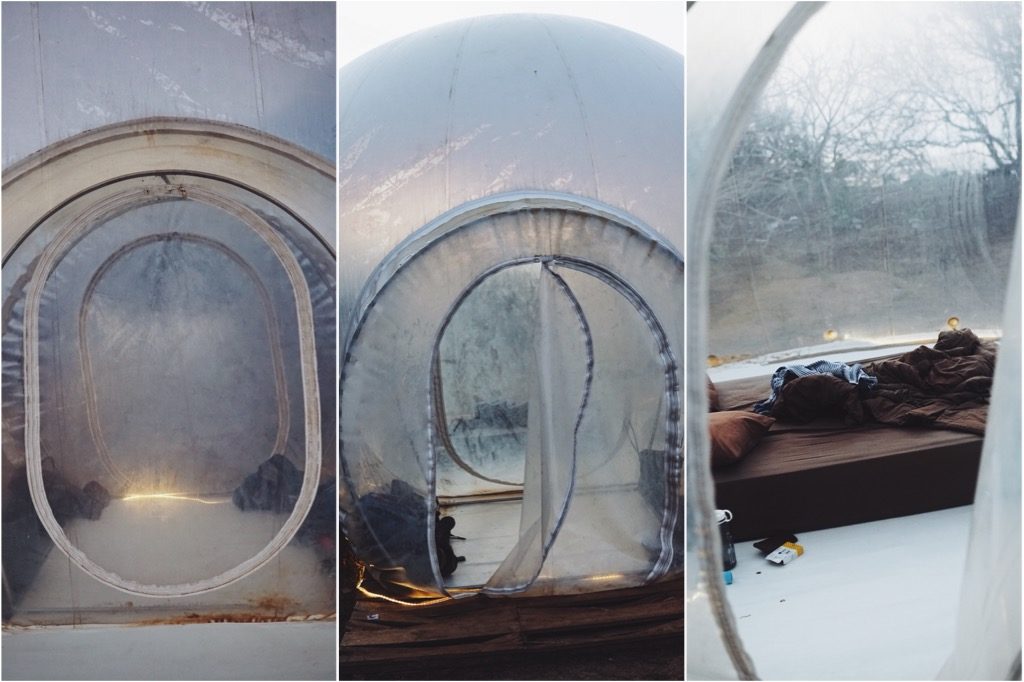
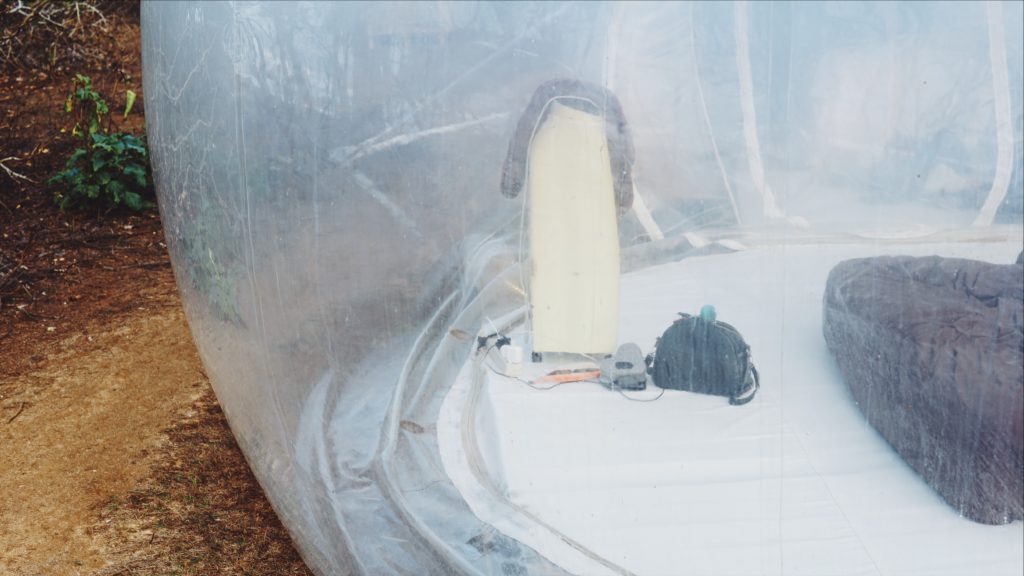
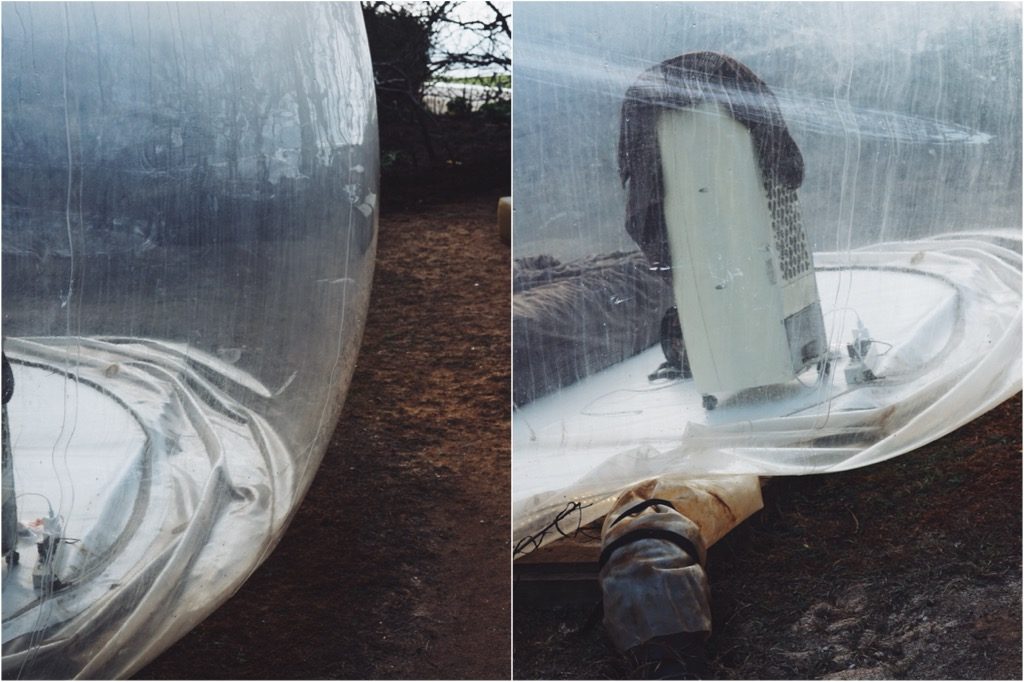
Illuminating the campsite is a tube light that wraps around a bubble, which is great because it would be pitch black otherwise. What wasn’t so great was we couldn’t figure out how to turn it off so we slept with the light on. A glance down the beach showed one of our neighbors had the same problem, but one seemed to have figured it out.
Did we see the stars? That would be one of the coolest features of sleeping in a bubble, but alas, the plastic was no longer see-through. Guess that happens to plastic if it melts and you use it longer than it’s meant to be used.
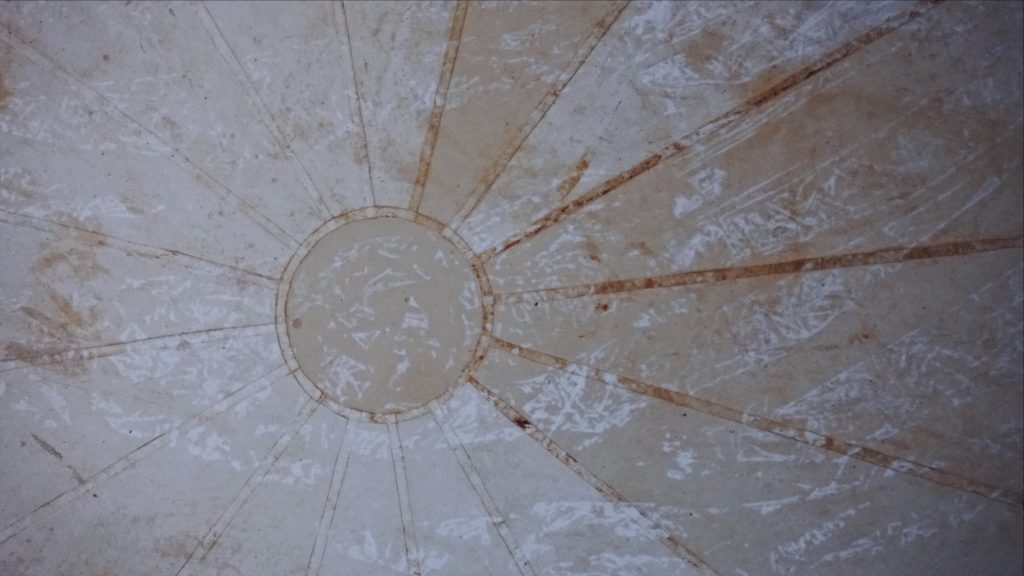
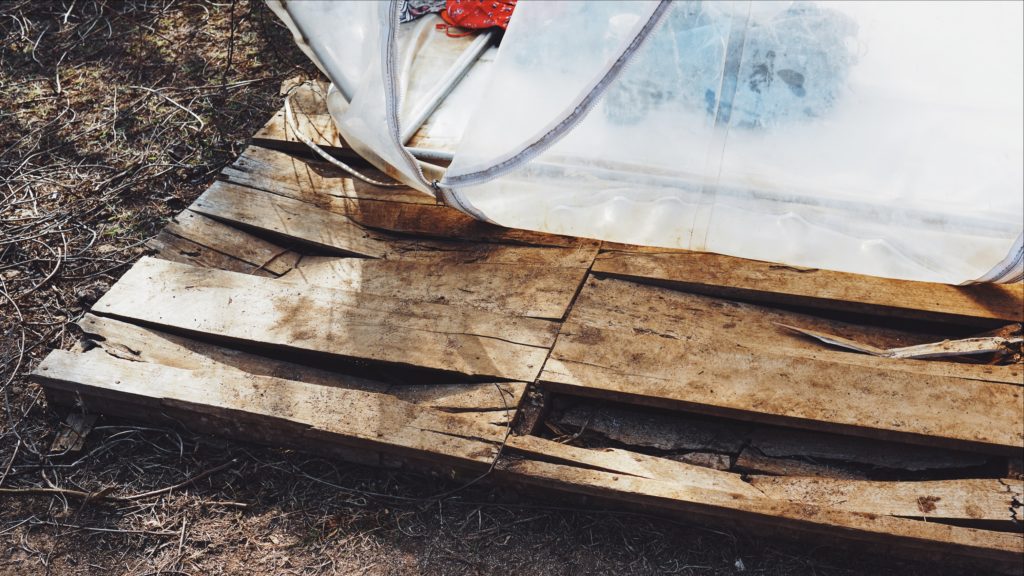
The temperature of the bubble was fine by the time we went to sleep around 10pm, but get your ass out of there by 7am, or else you will melt into the plastic. It gets insanely hot as the sun goes up. There is a fan inside, but it’s not that powerful.
And we’re still over that plastic part. Breathing in that air can’t be good for you. We were nursing a cold during our stay, but sleeping in the bubble seemed to exacerbate our cough times a thousand (hence us being grateful for bringing all that extra water). With every inhale of plasticky air, our lungs were seriously responding with a hard F that.
There is no wifi on the premises, but there is a power strip for you to charge your devices.
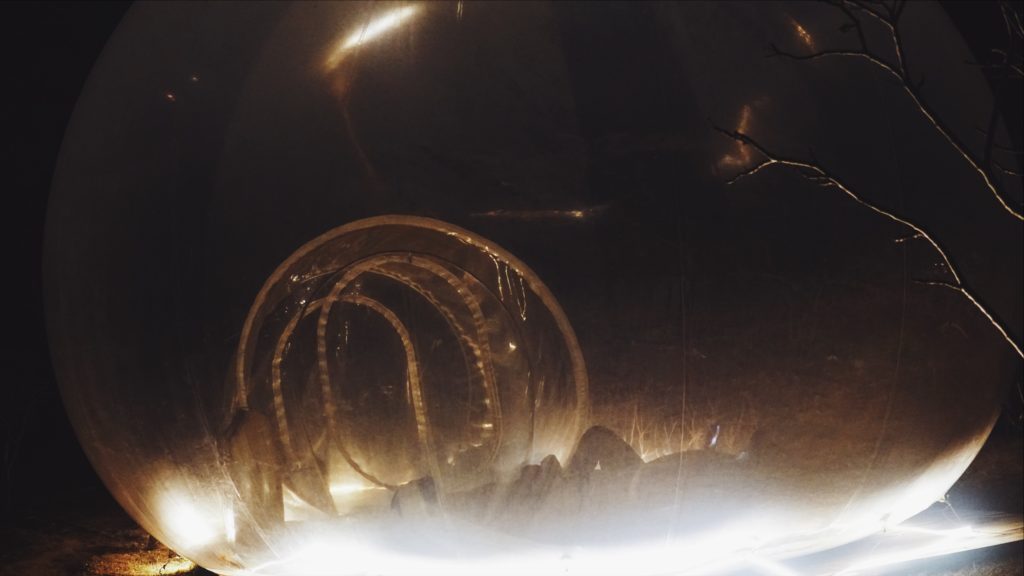
Bathroom
The bathroom was one of the most fun aspects of our stay, but also one of the most annoying. It’s like a clearing in the jungle behind your campsite (each bubble as its own), with a shower head (outdoor shower goals for realz) and a porcelain toilet just stuck in the ground. Very functional and the toilet was clean. They gave us toilet paper in a tupperware container, the shower was stocked with body wash and shampoo (we also got two clean towels).
But at night, all we could think was: This is creepy. Anybody could be watching, lurking in the bushes, and, it’s a pain in the bum if you have wake up and go in the middle of the night, unzip two layers of bubble, take your flashlight and walk through the jungle to the toilet, then back again. There were a couple of random cows walking through the bathroom in the morning, that made for a laugh. Thankfully they didn’t poo there.
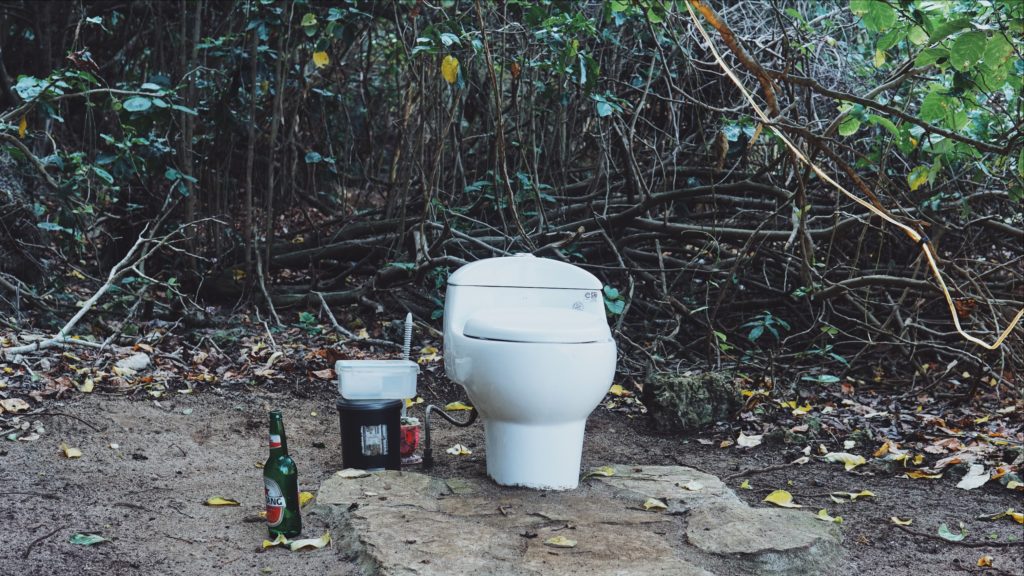
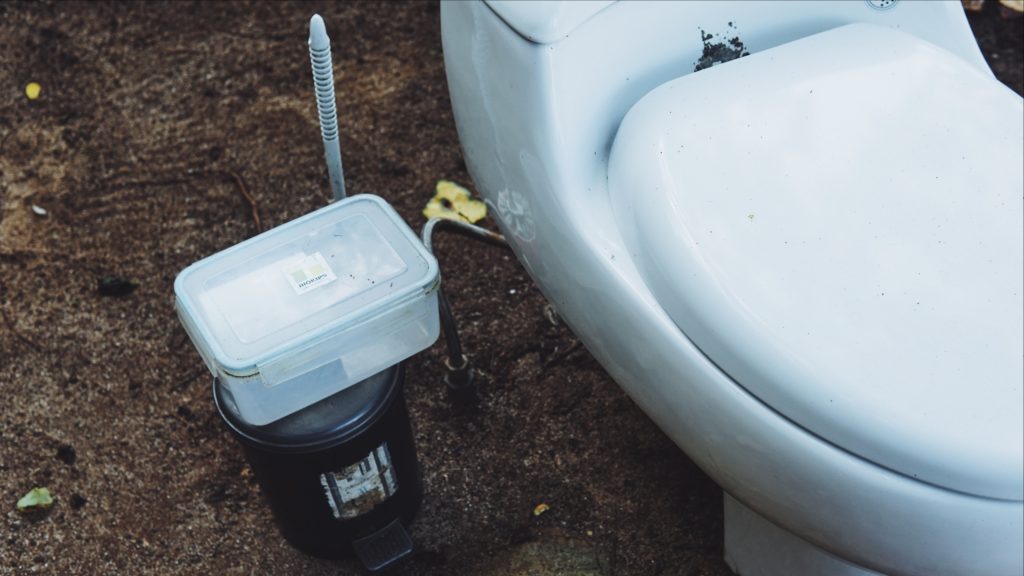
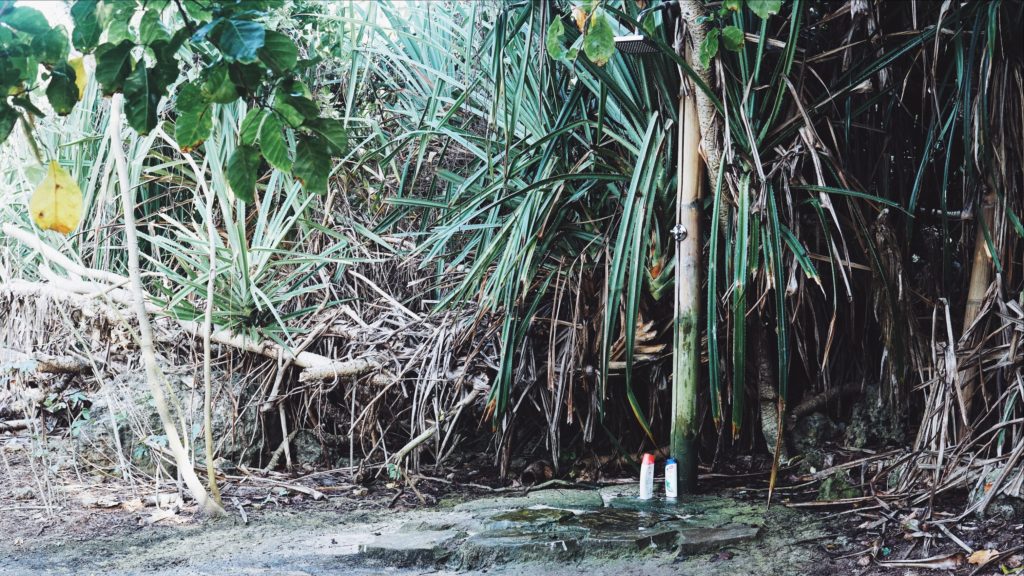
There’s no hot water. Obviously.
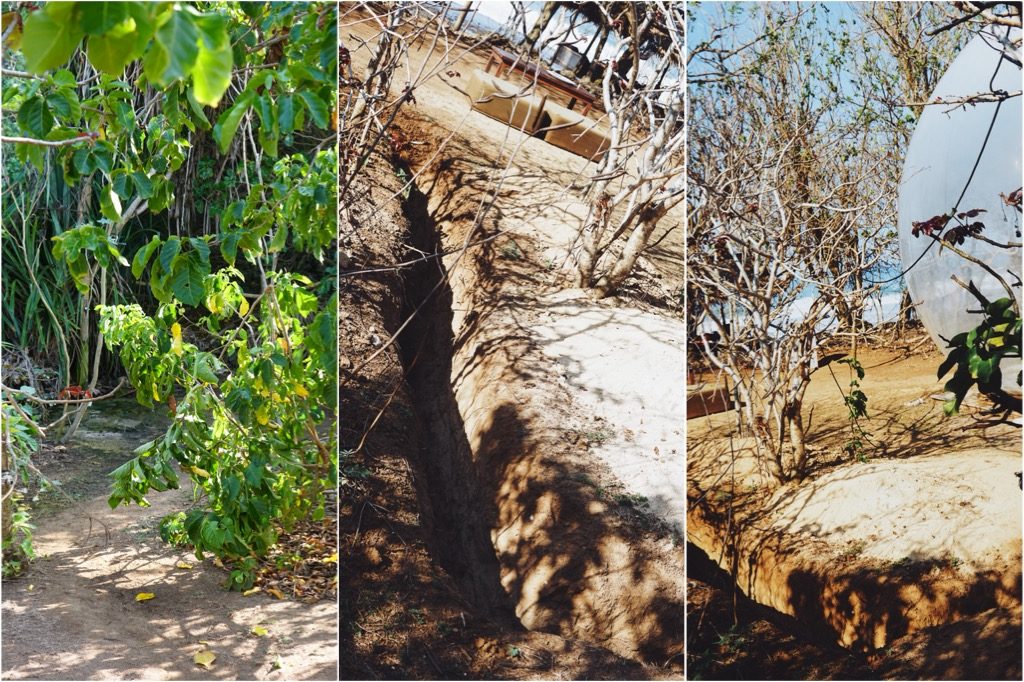
Worth it?
If you’re paying the Airbnb price? A resounding ‘no’. Not worth it. Seriously, why pay 35 percent more when you can book the same elsewhere?
If you’re paying $72, we’d say it’s worth it if you like glamping — because that’s exactly what this is —and don’t mind sacrificing some comfort for the sake of some good photos and an unconventional camping experience.
We’re sure they chose a bubble setup at this place for ‘grammability, but honestly, the experience would’ve been so much nicer in a tent — or if we just faced the mosquitos and slept in the outdoor gazebo. Let’s be real. They’re using the bubbles because it attracts bloggers and it’s a novelty. The reality is, it’s a crappy place to sleep in.
At least if they made the bubble into a semi-permanent structure so it’s more of a clear tent (like this one in Canada), then the experience would be much more enjoyable. We don’t see the point of staying more than one night.
Fortunately for our experience, it didn’t rain. But, it’s a very real possibility for other guests, and we can’t say for sure what happens in these scenarios. We imagine it would flood, but we can’t be sure. What we can say is that going to the bathroom would suck.
What is special about staying there is that there are few places in Bali, especially South Bali, where you can sleep undisturbed that close to the beach. You are right on the beach and have the most amazing view of the ocean. Our experience at the Bubble Hotel was actually awesome until we had to go inside and sleep in the bubble. Sleeping right on the sea like that is what redeemed this whole experience and made the $72 — and hike — worth it.
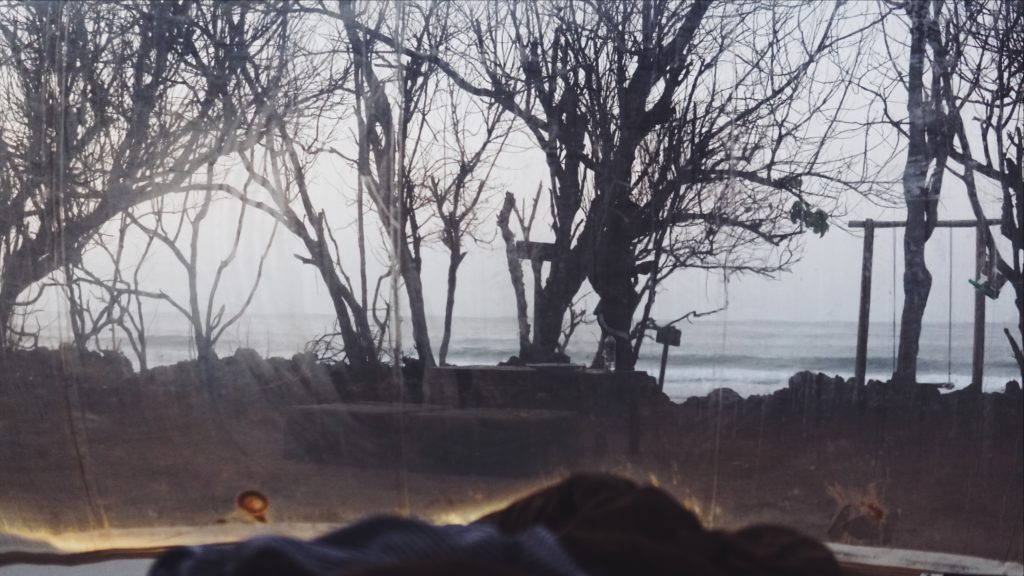
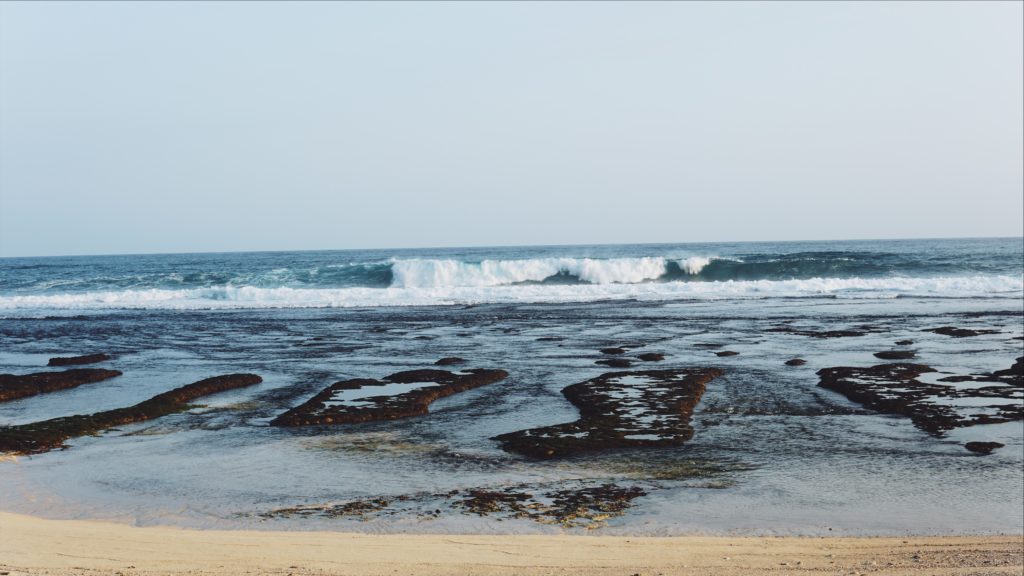
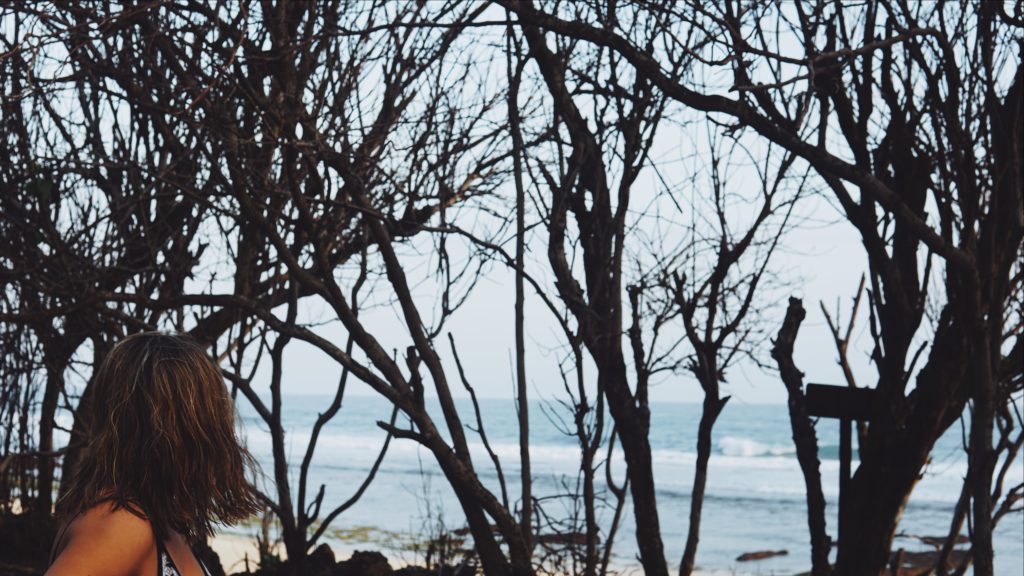
We can’t imagine this hotel having much lasting power in this industry, because we all know that the eventual city sprawl will hit the beach. Someone’s going to get a deed, and that land is going to be developed into (best case) villas, and (worst case), a theme park.
Our conclusion: the Bali Bubble Hotel is one of the truest embodiments we’ve ever seen of the millennial motto “doing it for the ’gram.” And for now, there are plenty of people buying into it.
